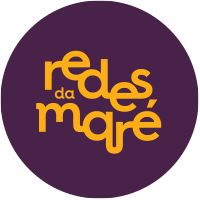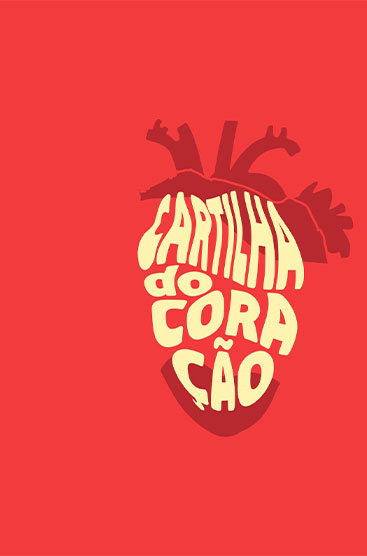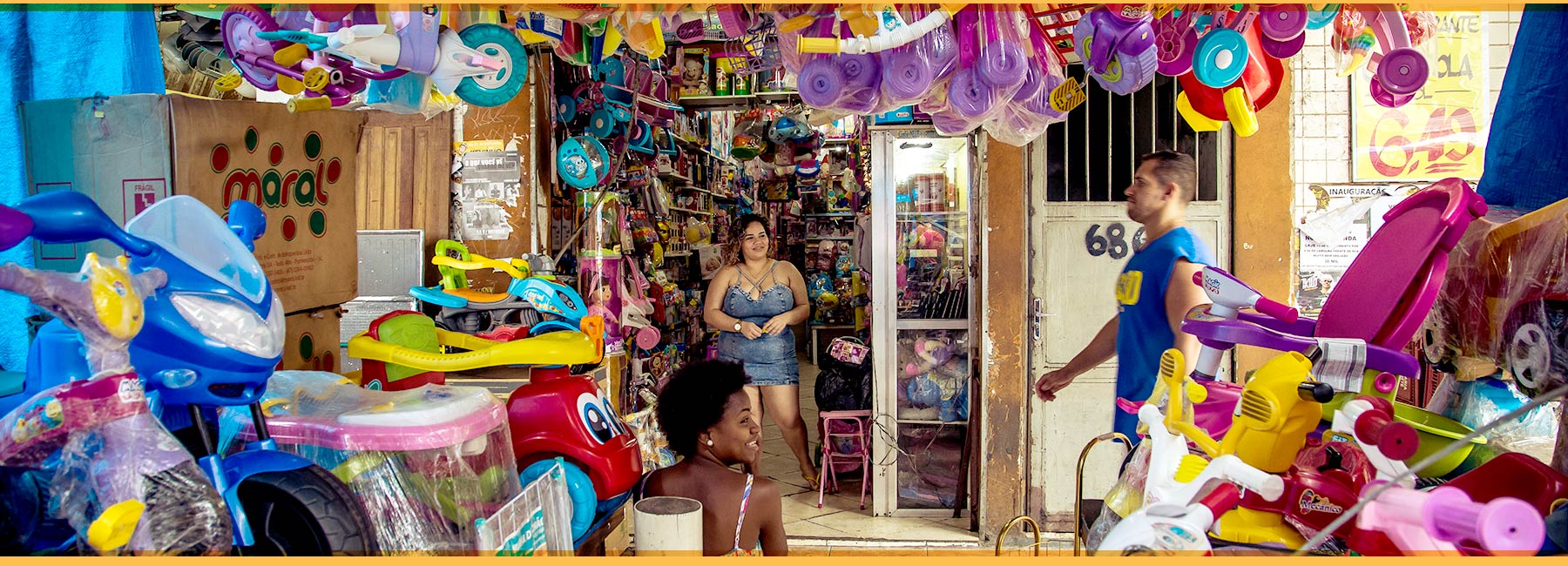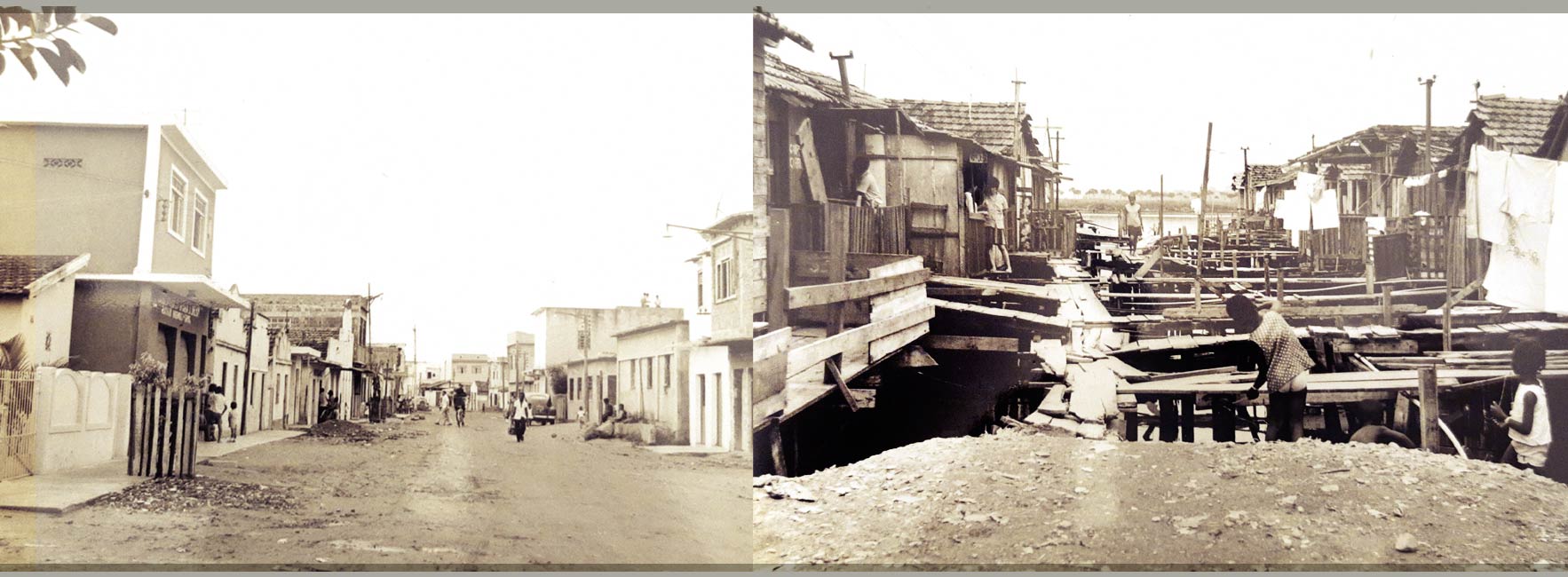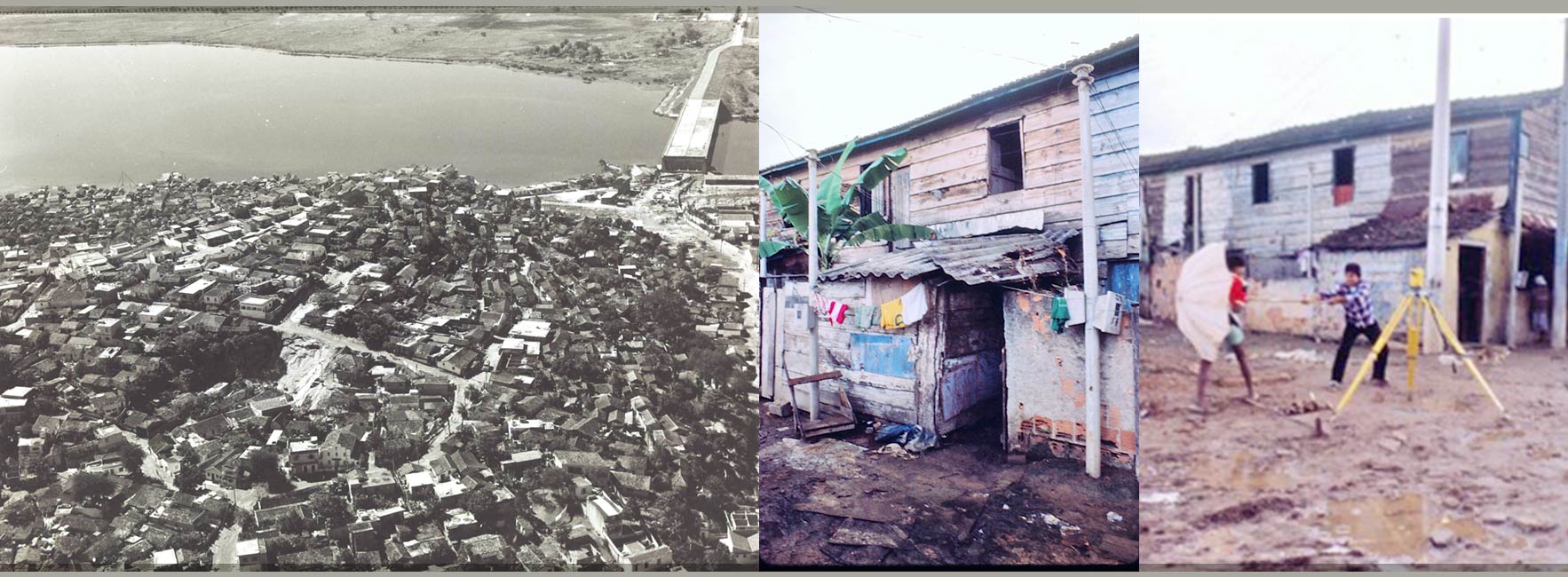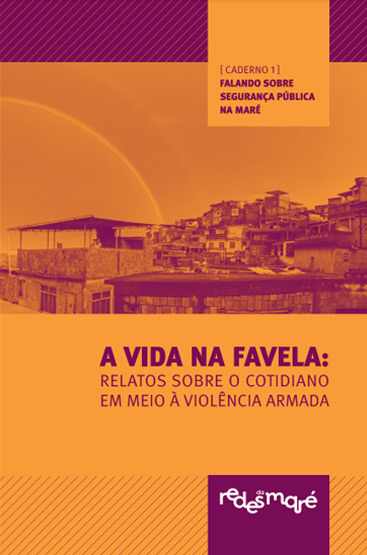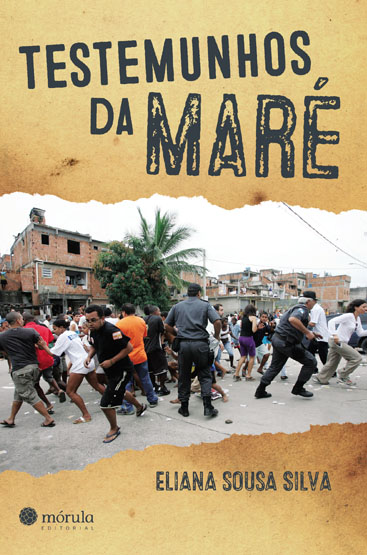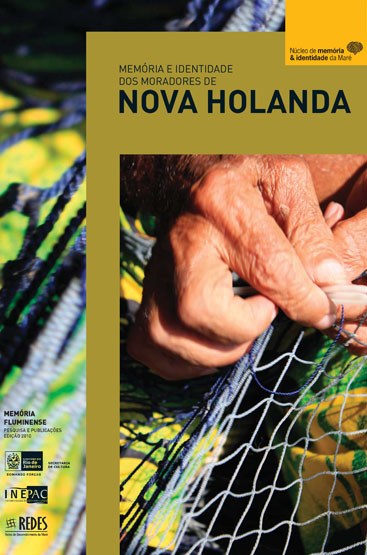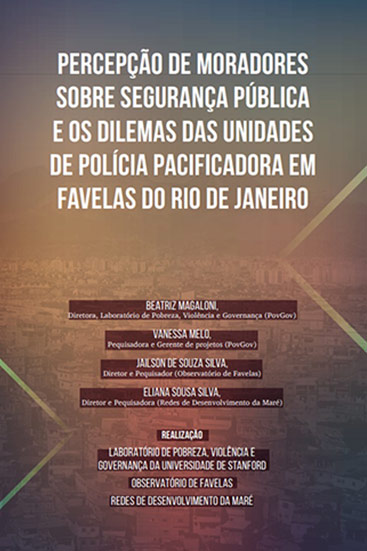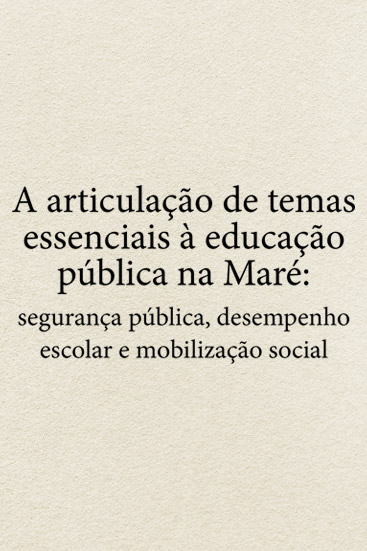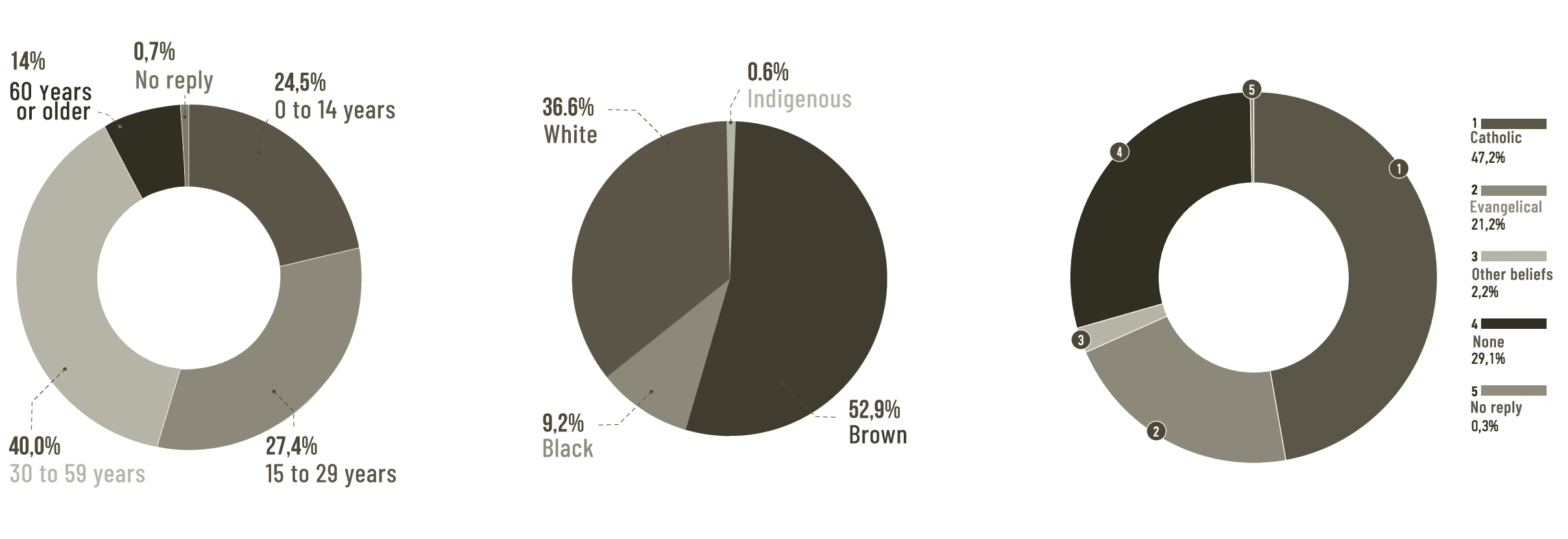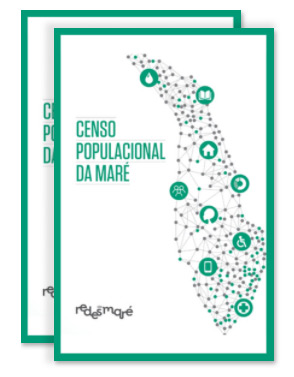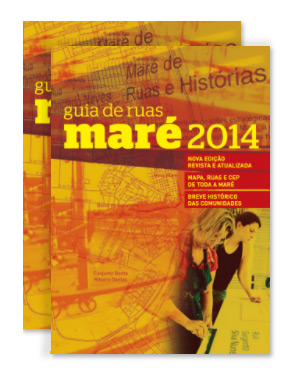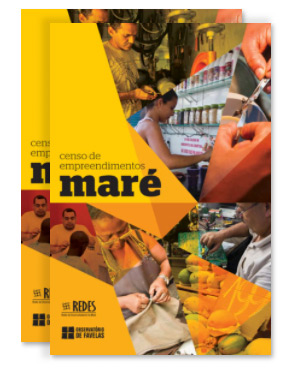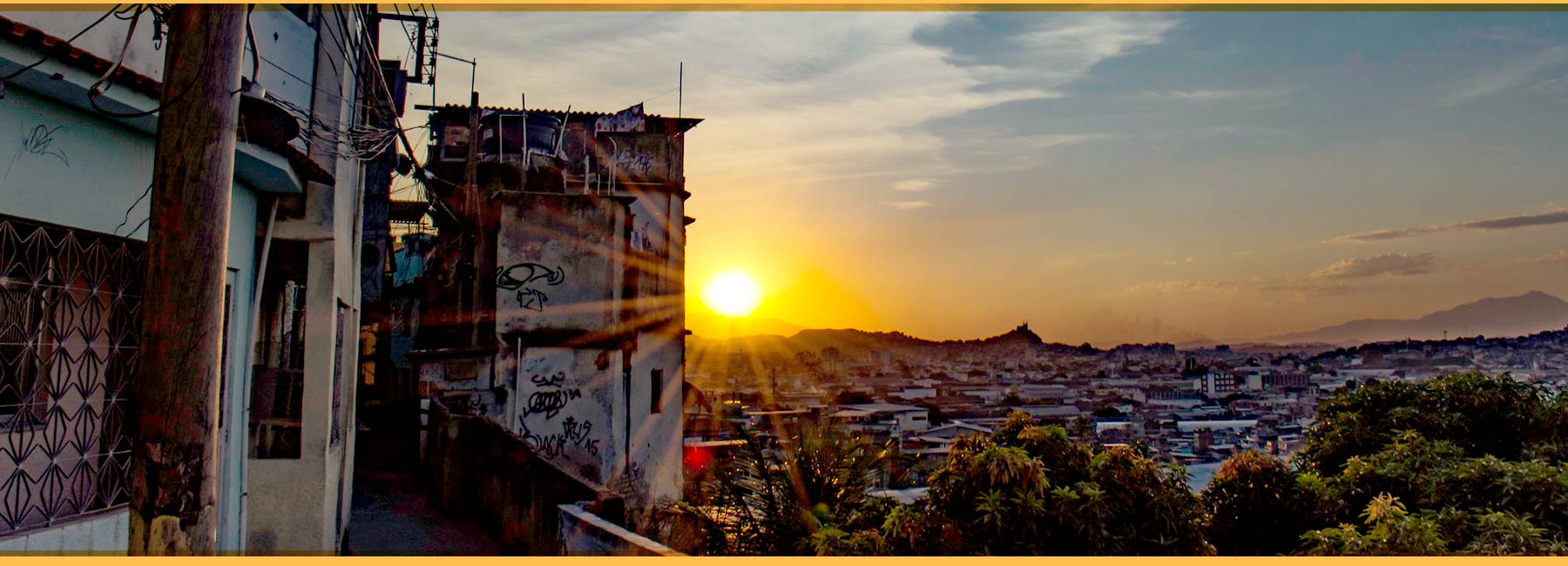- ABOUT US
- ABOUT US
- AXES AND PROJECTS
- AXES, CAMPAIGNS AND PROJECTS
-
PUBLICATIONS
- SEE ALL PUBLICATIONS »
- Redes da Maré's Analysis
- Bulletin The Right to Public Security in Maré
- Bulletin Health Connection: Eyes on Corona
- Researches
- Books
- Editais
- Guides
- Census Maré
- Annual Reports
- Other Reports
- Transparency
- SEE ARTICLES AND COLUMNS »
- Redes da Maré's Notes
- Testemunhos de dentro
- Eliana Sousa Silva's Articles
- Invited Authors Articles
- Columns and Interviews
- Column Who Makes Redes
- Maré Says NO to Coronavirus Campaign
- MARÉ DE NOTÍCIAS
- NEWSLETTERS
- REDES CHANNEL
- PUBLICATIONS
- TRANSPARENCY
- CONTACT
- PORTUGUÊS
- DONATE NOW!





